Stiff Greenthread, Showy Navajo Tea, Thelesperma filifolium, Sunflower Family (Asteraceae)7/15/2025 The Bloom Blog Blooming this week in the environs of Abiquiú By Wildflowers of the Southern Rocky Mountains Found in rocky, sandy, disturbed areas
Seen blooming in July in Abiquiu Stiff Greenthread grows to two feet tall with numerous thread-like leaves and single flower heads on delicate stalks. The flower buds droop and become erect when open. The flower has eight notched petals and a yellow or reddish-brown center. The flowers are popular with bees and butterflies. Indian Teas, of the Thelesperma genus, are widely used as a beverage, for treating children with tuberculosis and as a dye by Native American peoples. Source. If you are trying to identify a different flower then you can check what other flowers bloom this month. If you cannot identify a flower from the website, send a photo and where you took it to [email protected]. Read online for tips.
0 Comments
Butterfly Weed, Orange Milkweed, Pleurisy Root Asclepias tuberosa Dogbane Family (Apocynaceae)7/9/2025 The Bloom Blog Blooming this week in the environs of Abiquiú By Wildflowers of the Southern Rocky Mountains Found in open areas, canyons
Seen blooming in July in Bandelier National Monument I am not seeing many butterflies this year. Perhaps I should plant this Butterfly Weed in my yard. This vibrant flower attracts butterflies and hummingbirds with its nectar while Monarch butterfly caterpillars feed on its leaves. Not what I would call a weed. It grows from 1 to 2½ feet tall with stout, hairy stems and lance-shaped leaves. Bright orange flowers are in a flat-topped cluster two to three inches across. It has a history of medicinal use, particularly for respiratory issues. It's known for its antispasmodic, diaphoretic, and expectorant properties, making it a traditional remedy for conditions like bronchitis, pneumonia, and pleurisy. It has also been used for influenza, stomach pains, diarrhea, heart troubles, snakebites and dog or coyote bites. Source. If you are trying to identify a different flower then you can check what other flowers bloom this month. If you cannot identify a flower from the website, send a photo and where you took it to [email protected]. Read online for tips. Canada Thistle, Creeping Thistle, Field Thistle Cirsium arvense Sunflower Family (Asteraceae)7/3/2025 The Bloom Blog Blooming this week in the environs of Abiquiú By Wildflowers of the Southern Rocky Mountains By Marilyn Phillips
Found in disturbed soil Seen blooming by the Tierra Azul acequia Not a wildflower to encourage, Canada Thistle is one of the most economically important agricultural weeds in the world. It was introduced to North America in the 1600s and soon was recognized as a problem weed. Weed control legislation against the species was passed by the Vermont legislature in 1795. Canada Thistle is now listed as a noxious weed in most areas where it occurs. Despite this, it can be a source of forage for livestock, providing similar nutritional value to alfalfa, bees and butterflies love it as a source of nectar. It is an aggressive plant that grows three to five feet tall in large, dense colonies from a deep and wide-spreading root system. Leaves are very spiny and lobed with wavy edges. The many flower heads are pale-purplish, ½ to ¾ inch across and less than one inch high. Bracts are pointed but do not have spines. Roots can be eaten raw or cooked, but may cause flatulence. Stems can be peeled and cooked like asparagus or rhubarb. The leaves are edible but not worth the effort of removing the spines. The root is tonic, diuretic, astringent, antiphlogistic and hepatic. It has been chewed as a remedy for toothache. A decoction of the roots was used to treat worms in children. Source. If you are trying to identify a different flower then you can check what other flowers bloom this month. If you cannot identify a flower from the website, send a photo and where you took it to [email protected]. Read online for tips. The Bloom Blog Blooming this week in the environs of Abiquiú By Wildflowers of the Southern Rocky Mountains Found in moist meadows, woodlands
Seen blooming in June near FS Rd 137 in Carson NF The bright yellow flowers of Mountain Parsley are a common sight on trails at higher elevations throughout the summer. It grows from a few inches high at alpine elevations to two feet with slender stem and basal leaves that have long stalks and narrow leaf segments. The flowers grow in a flat, umbrella-like cluster of tiny flowers up to two inches wide. Flowers can be red, orange or purple in color but I have only seen yellow ones. The entire plant is edible, with the root being a significant source of sustenance. The dried root was ground into a flour which gave it the common name of Biscuitroot. Leaves were eaten as a green, the root was cooked with meat, and the leaves were boiled with cornmeal. Native Americans used it for gastrointestinal and urinary issues, as a laxative, and for ceremonial purposes. Additionally, the Navajo took an infusion or decoction after swallowing an ant. Source. If you are trying to identify a different flower then you can check what other flowers bloom this month. If you cannot identify a flower from the website, send a photo and where you took it to [email protected]. Read online for tips. The Bloom Blog Blooming this week in the environs of Abiquiú By Wildflowers of the Southern Rocky Mountains Found in roadsides, clearings, yards
Seen blooming in June near Hwy 554 Northern Catalpa is native to the mid-West but it has been widely planted in urban areas as a street tree and lawn tree as it grows in moist low spots or dry areas with poor soils. The name ‘catalpa’ comes from the Cherokee Indian name for the tree. It grows 40 to 60 feet tall, with a narrow, open, irregularly rounded crown and spreading branches. Its bark is brownish-gray becoming ridged with age. It has large, heart-shaped leaves and pyramid-shaped clusters of fragrant, showy flowers. Flowers are large, over 2 inches long, white and bell-shaped with ruffled edges and orange stripes and purple spots and stripes inside. The long, bean-like seed pods are 8 to 18 inches long, turn brown and persist through the winter. European settlers planted the tree to produce fence posts. Railroad companies grew plantations of it for use as track ties and fuel wood. Carpenters commonly used it for interior trim and to make furniture. The seed pods are not toxic but have no culinary use. Pioneer doctors used the seed pods and seeds to make a decoction for chronic bronchial infections, spasmodic asthma, labored breathing and heart problems. The juice from either the leaves or roots was used to treat swelling of an eye or cutaneous affections. Green leaves were crushed and placed on swollen lymph glands. Source. If you are trying to identify a different flower then you can check what other flowers bloom this month. If you cannot identify a flower from the website, send a photo and where you took it to [email protected]. Read online for tips. |
AuthorI am Marilyn Phillips, a native of England, whose love of nature and the outdoors from childhood brought me by a circuitous route to Crested Butte, Colorado in 1993 and 16 years later to northern New Mexico. My exploration of the many trails in these areas, my interest in wildflowers and photography, and career in computer system design came together in this creation. If you have any corrections, comments or questions, please contact me by email. Archives
September 2025
Categoriescopyright © 2020
|

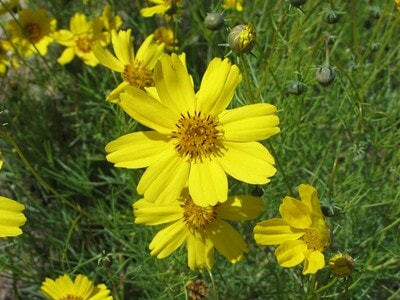
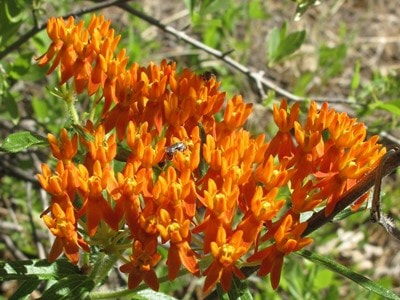
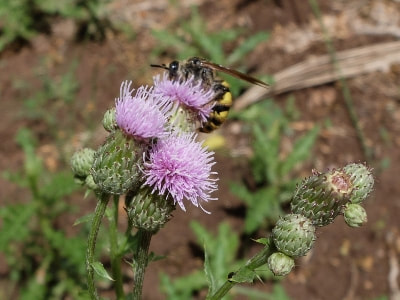
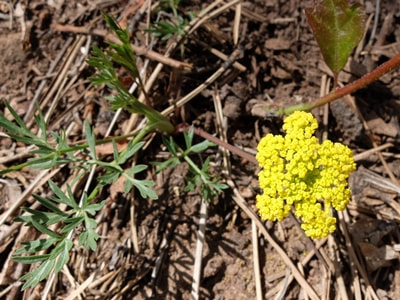
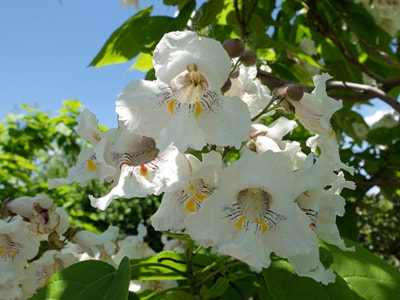

 RSS Feed
RSS Feed